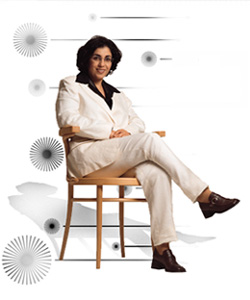Are you a journalist? Please sign up here for our press releases
Subscribe to our monthly newsletter:
"I hope to return to society that which it has invested in me.
I feel a deep sense of duty to help sick people, to find ways to restore them to a healthy life."
Dr. Irit Sagi
Structural Biology Department
Dr. Sagi holds the Robert Edward and Roselyn Rich Manson Career Development Chair

Through her research, Sagi is realizing the vision of years gone by: she is conducting in her laboratory the kind of cross-specialty research that once would have involved labs and scientists from a number of fields of expertise. Sagi utilizes a rare combination of advanced equipment and technologies such as an atomic force microscope, powerful X-rays, and genetic engineering. Such a combination makes possible the real-time pursuit of her "suspect," the gelatinase enzyme, throughout the stages of its "life". This innovative and dynamic experimental methodology allows the research team to study the minutest details of the enzyme's active site in a live cell environment.
Members of Sagi's research group hope that at some point during its long, tortuous, and dynamic lifetime, the suspect gelatinase will reveal an Achilles' heel. This could enable scientists to develop substances that match the enzyme's spatial structure.Such substances would bond to the enzyme and halt its insidious activities at precisely the right place and time.